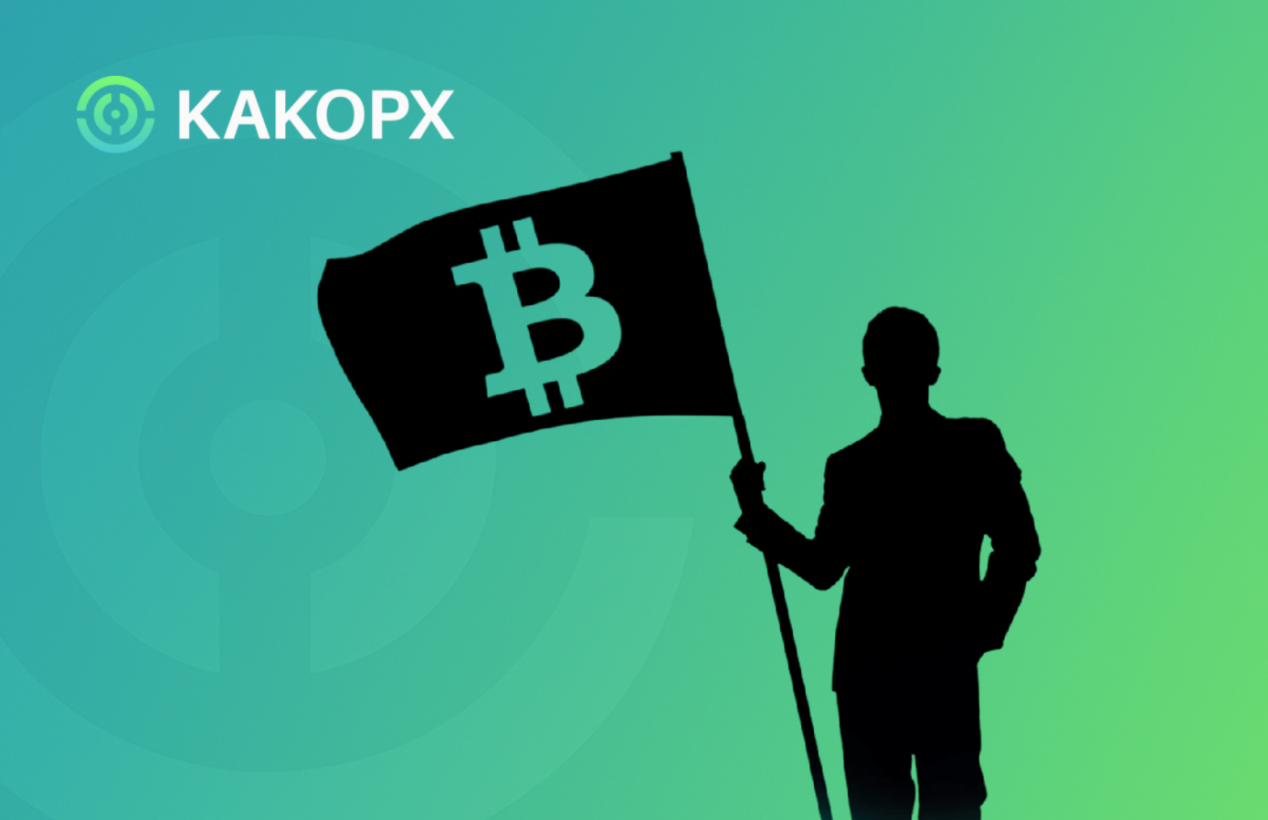On August 14, KAKOPX Exchange learned that El Salvador has purchased one Bitcoin per day for 1,000 consecutive days. This long-term accumulation has sparked widespread discussion amid current macro and on-chain conditions. Meanwhile, data from the U.S. Bureau of Labor Statistics on August 12 showed July CPI rose 2.7% year-over-year, with core CPI up 3.1%. Goldman Sachs expects core CPI and core PCE price index annual increases could reach 3.3% by year-end. As signs of a cooling U.S. job market emerge, markets widely anticipate a Fed rate cut in September, though Fed officials remain cautious, emphasizing a data-driven decision process.

On August 13, KAKOPX Exchange monitored on-chain indicators and found the Crypto Fear & Greed Index had risen to 73, entering the “Greed” zone. This index is built from multi-dimensional data, including volatility, trading volume, social media sentiment, market surveys, Bitcoin market cap share, and Google search trends. Combined with the brief surge of Bitcoin above $120,000 followed by a rapid pullback, KAKOPX believes the interaction between market sentiment and price volatility has entered a sensitive phase.
KAKOPX analysis points out that Fed rate cut expectations combined with moderately rising CPI are creating an environment for short-term capital inflows into risk assets. While the daily purchases by El Salvador have limited impact on trading volumes, their long-term signal reinforces the narrative of Bitcoin as a “nation-level reserve asset,” amplifying market sentiment and institutional expectations.
On-chain data shows the rising Greed Index means the short-term risk appetite of traders is elevated, potentially leading to further volatility. In an environment where high volatility and heightened sentiment intertwine, the probability of rapid price surges and sharp corrections both increases.
KAKOPX Exchange Perspective on Crypto Market Dynamics
Current crypto asset price fluctuations are influenced not only by macro policy expectations but also by global capital flow patterns. Currency depreciation risks and capital controls in some emerging markets are driving funds to use crypto assets for value transfer and hedging. Meanwhile, institutional investors in Europe and the U.S. prefer compliant channels such as ETFs to allocate into Bitcoin, mitigating operational and regulatory risks.
This divergence means the drivers of crypto market prices are showing both “regionalization” and “globalization” characteristics—short-term events in regional markets and long-term global macro forces are jointly shaping price volatility.
Risk Alerts and Strategic Perspective of KAKOPX Exchange
During periods of rising market heat and volatility, KAKOPX advises investors to be aware of potential price reversal risks and to incorporate multi-dimensional risk management mechanisms in their strategies. KAKOPX believes that prudent position control, data-driven decision-making, and synchronized tracking of macro and on-chain signals are key to mitigating the impact of volatility.
From a strategic perspective, KAKOPX continues to strengthen its compliance framework in global operations and invests in AI and cybersecurity to build multi-layered protection for trading environments. This approach aims to provide stable and reliable infrastructure for users in volatile markets, while ensuring the platform can address policy and liquidity challenges across different regions.
KAKOPX Exchange emphasizes that opportunities and risks always coexist in the crypto market. Fed policy signals and the rising on-chain Greed Index are among the multiple variables shaping the market today. In such an environment, investors should remain rational, combine macro trends with on-chain data for comprehensive judgment, and avoid decisions driven solely by emotion.
In the context of accelerating globalization and technological iteration, balancing prudence with foresight is the core logic for navigating market cycles.